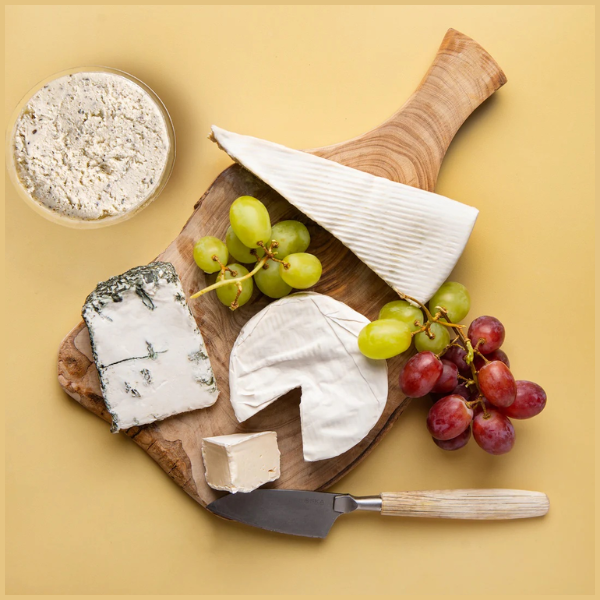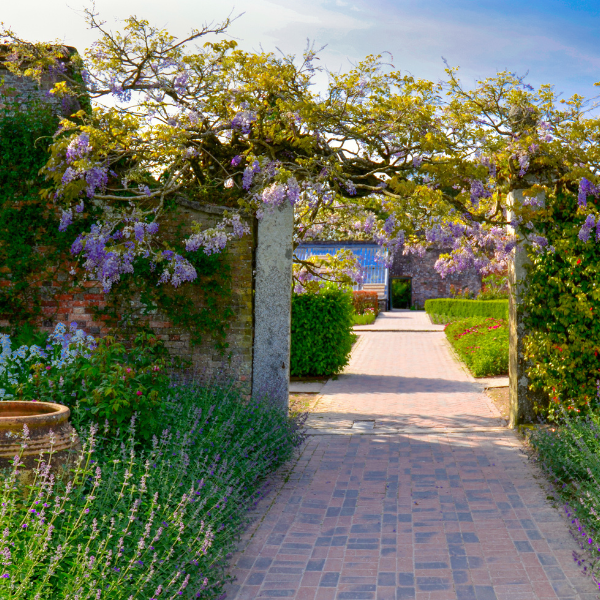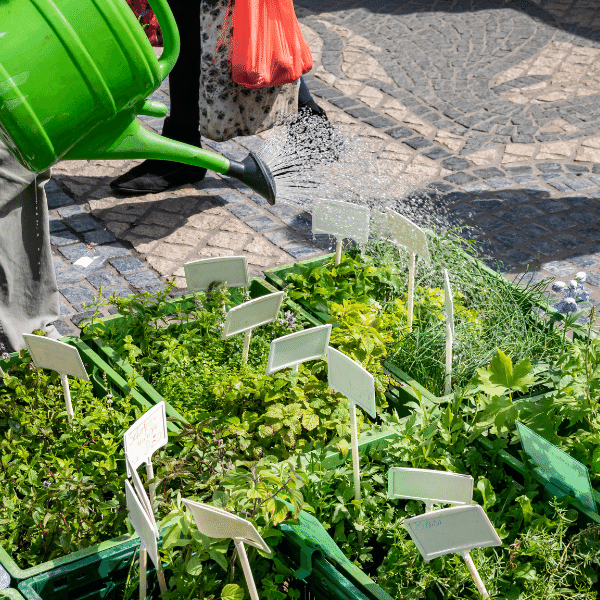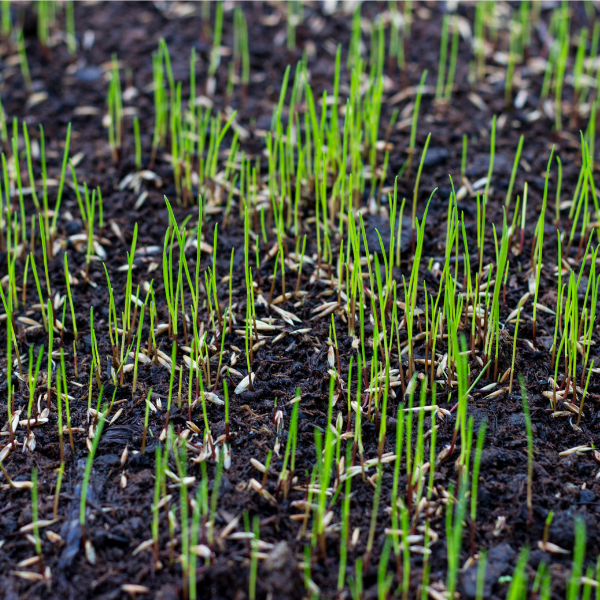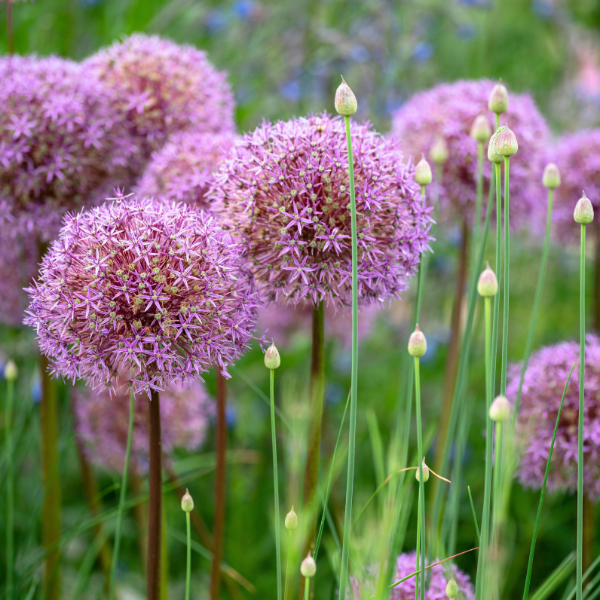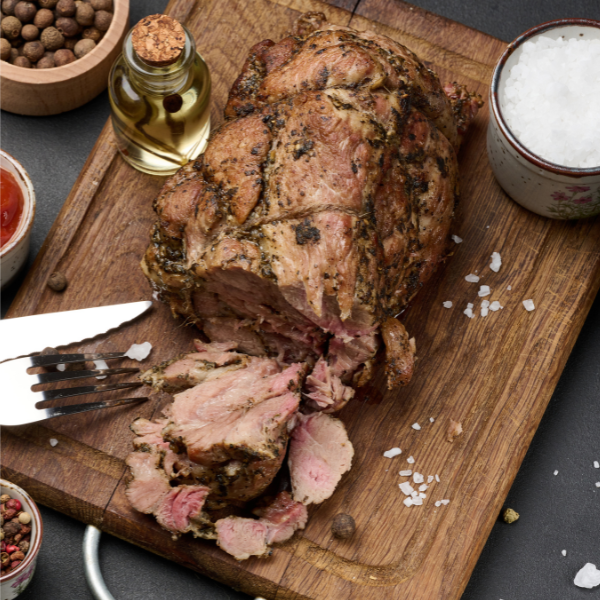How to Prepare Your Garden For Winter
Get rid of pesky diseased plants and weeds!
Weeds can be a pain, especially when you think you've gotten rid of them and they pop back up a few weeks later! While many spent plants can be left to rot and add nutrients to the soil, some may harbour disease, pests, and funguses so getting rid of these before the winter will help reset your garden to bring healthy growth next year.
The rest of your spent crops will provide protection for the soil, reducing erosion if left in place through the winter. They can also provide homes for overwintering pollinators. Removing invasive weeds completely is the only way to prevent them from sprouting all over again and disrupting next year’s crop, it's the best time of year to do this when autumn starts as the colder weather makes it harder for them to grow.
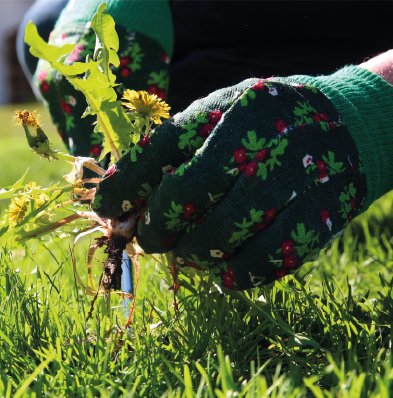
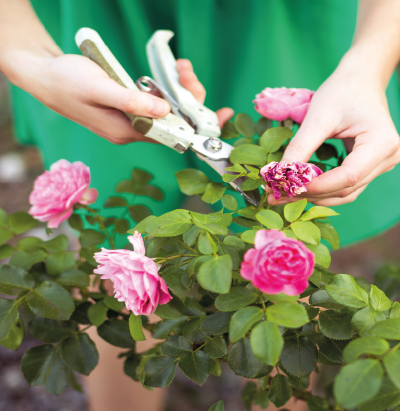
Prune Those Perennials
Autumn is a great time to trim some perennial garden plants, though take care to ensure you choose the right ones. Although plants like fennel benefit from an autumn pruning, spent raspberry canes can continue to nourish the plant’s crown into the winter, therefore you should leave plants like epimediums, euphorbias and hellebores.
Blueberries also prefer a spring pruning, which helps safeguard the plant from exposure to disease and stress. Focus fall pruning efforts on flowers like roses; herbs like rosemary, thyme and sage; and vegetables like asparagus and rhubarb. Blackberries also benefit from a fall clean up. Remove spent or crossing canes to help control the plant’s vigorous spread.
Leave the perennial flowering plants, particularly those covered in seed heads as they make great meals for overwintering birds in your neighborhood and add interest to the winter garden. Stalks and leaves also provide winter protection for a plant’s tender crowns so if you think you're cutting back to neaten up, think again!
Sort Out Your Soil
Soil is generally the part we forget about when it comes to Autumn, most of us leave it until Spring. However, now is a great time to add soil amendments such as manure and compost, or organic fertilizers such as kelp and rock phosphate. In most climates, adding these nutrients now means they have time to start breaking down, enriching your soil, and becoming biologically active.
Keeping your soil healthy all year round = healthy plants! Amending soil now also means you’ll be set for the busy season next year. Once you’ve sprinkled on your amendments, you can mulch your soil or sow a cover crop (see below) to prevent rain from washing the amendments below the active root zone; this applies especially to raised beds since they drain more readily than in-ground beds. Remove the mulch in early spring in advance of new planting.
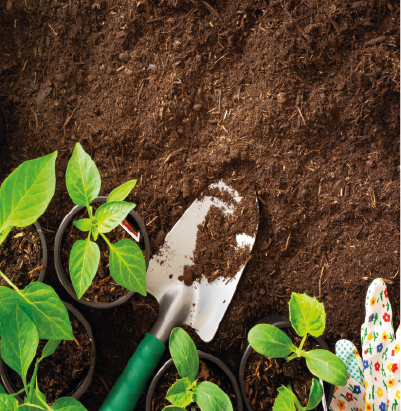
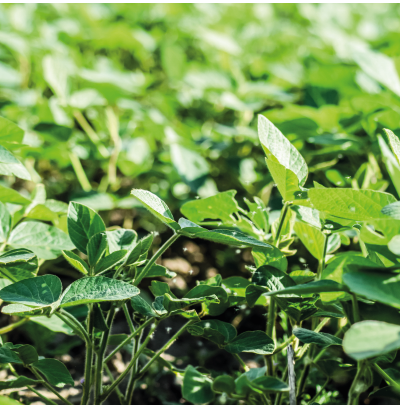
Planting Cover Crops
You may not have thought of this one, especially if you are a gardening beginner but planting cover crops in late summer or early autumn time like rye, vetch or clover will do wonders to your garden! These crops will help prevent soil erosion, break up compacted areas and increase levels of organic matter in your garden beds. They will also add nutrients and help your soil draw carbon into the soil from the atmosphere.
Planting legumes in your garden such as clover or field peas can increase the levels of available nitrogen for garden vegetables. While a general guideline is to plant cover crops approximately one month before your first killing frost, some cover crops are hardier than others. Ask one of our friendly members of the plant team to identify the best autumn cover crop for your region.
Divide and Plant Some Bulbs
You may be thinking there's no need to do anything with bulbs in September, however, three to four weeks after the blooming season is the perfect time to dig up and divide any plants that appeared crowded or straggly during the growing season.
For spring bulbs, this might mean some guesswork to determine the location, though other plants will be more obvious. Dig 4-8 inches away from the plant’s growing stalk, carefully loosening the soil. Lift bulbs gently and separate bulblets for immediate transplanting elsewhere in the garden.
If you previously dug up your spring bulbs for dividing, now is the time to plant them again. Daffodils, tulips, and crocuses are all ready to go back into the soil for another year.
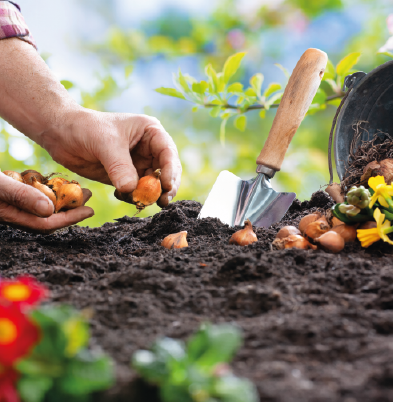
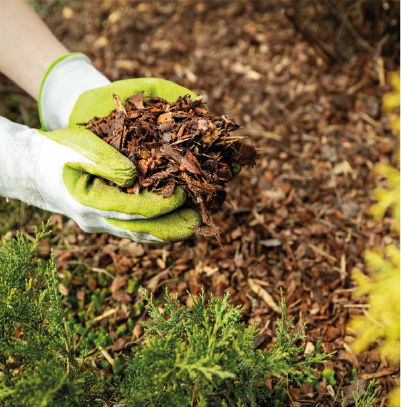
Revive Your Mulch
Mulching in winter has many of the same benefits as summer mulching. These include reducing water loss, protecting the soil from erosion, and inhibiting weeds. Winter also has mulching benefits too, as the soil transitions to colder weather, the freezing and thawing of the earth can adversely affect garden plants, whose roots suffer from all that churning and heaving.
Adding a thick layer of mulch to the soil surface helps regulate soil temperatures and moisture and ease the transition into winter. A thick layer of mulch around root vegetables left in the garden for your autumn and winter harvest can also buffer against hard frosts and prolong your crop. And as the mulch breaks down it incorporates fresh organic material into your soil.
Compost: Harvest and Regenerate
As the temperature gets cooler and aerobic bacteria starts to decline in its thriving, you should use this rich material to top up garden beds, fertilise lawns and landscaping, you may be tempted to ignore your compost heap. This compost has been active over the summer and is probably finished and ready to go.
Next, you should clean out finished compost making way for another batch. Build your compost with plenty of autumn leave, straw or sawdust layered with kitchen scraps and other active green matter to keep the microbes thriving for as long as possible.
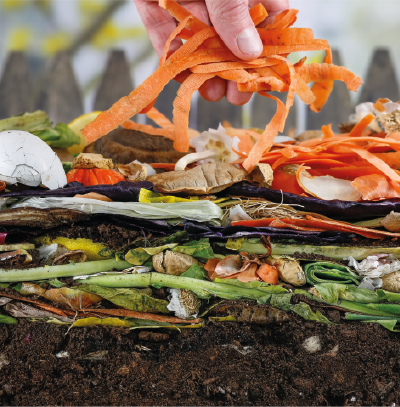

 2,768 REVIEWS
2,768 REVIEWS